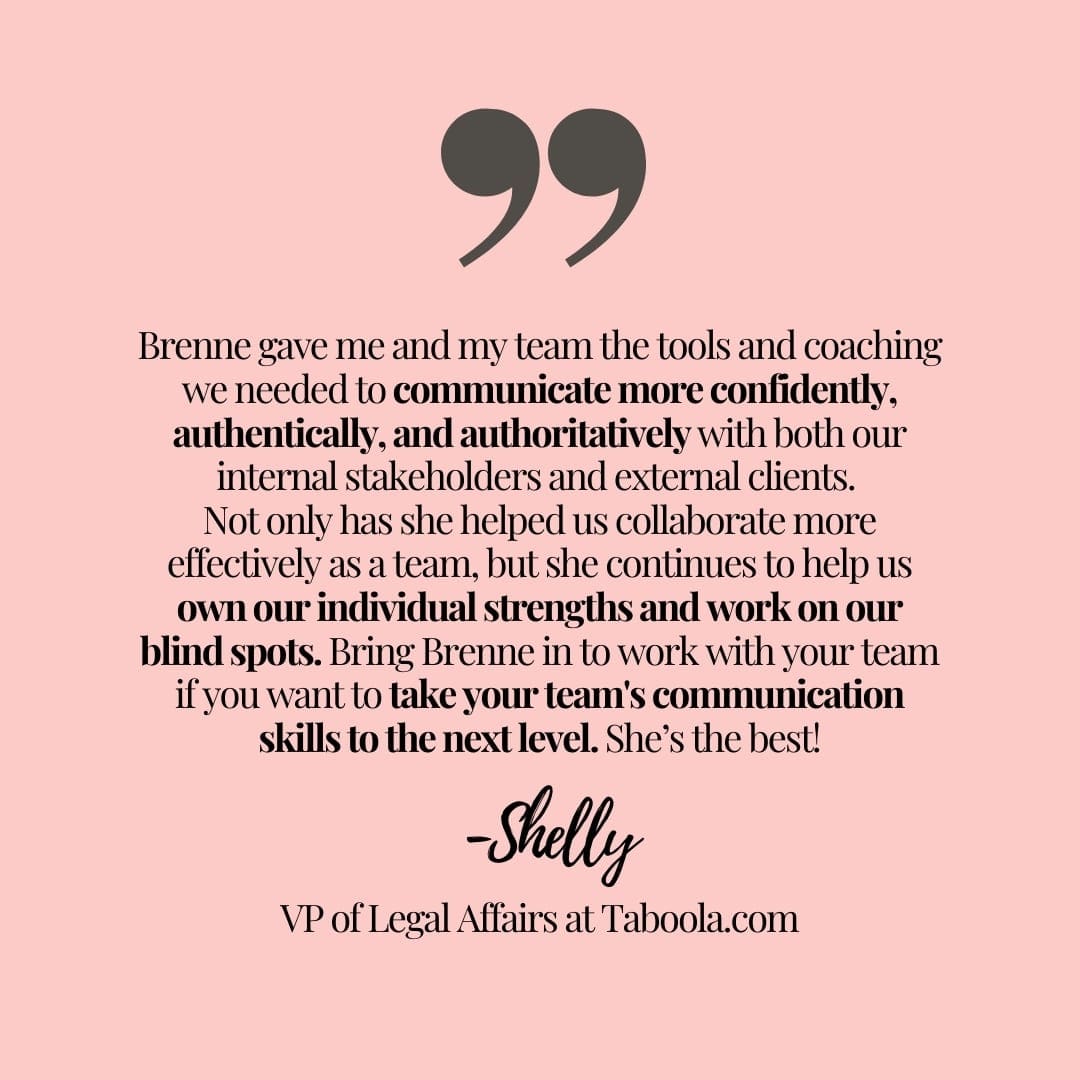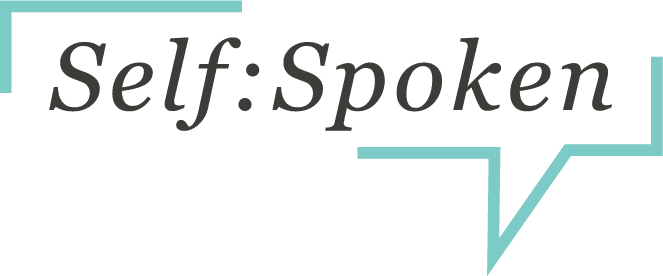Do you sometimes repeat yourself when you speak?
Maybe you’re:
➡️ Not sure if your point just landed…
➡️ Or it’s hard to gauge your listener’s reaction…
Do you find yourself saying the same thing a few times, a few different ways, until you get some sort of “got it” signal (like a head nod or a verbal response)?
Because if so, you’re not alone!
We’re socially conditioned to keep talking until we feel like our point has landed. It comes from a good place. We want to take care of the listener and make sure that they’re “picking up what we’re putting down.”
But repeating yourself, or speaking in circles (even when it comes from a good place!) can be perceived as “droning on” or being “long-winded,” right? And we don’t want people tuning out or doubting your expertise.
So how can you frame your message in a clear and succinct way, without giving into the temptation to repeat yourself?
And how can you learn to trust your own ability to break down a complex message into digestible, memorable pieces – without relying on the head nods?
Check out this 2-minute video clip from inside a client session to learn the simplest 3-step framework for organizing any message on the spot.
I’m talkin’: the key to articulating a clear, concise point – no matter how complex your message is!
You don’t want to miss this one.
It’s so simple, it feels like cheating doesn’t it? But I’m telling you, it works like a charm – every time.
Here’s that framework again. Give them:
- The “What” – what you’re trying to say
- The “So what” (otherwise known as the “why”)
- The “Now What?” – what to do about it or what’s next.
Don’t waste your brainpower trying to get them to nod at what you’re saying – only to realize you’re droning on.
And let’s be clear: the intention to get heads to nod is a fantastic one. It shows that you want to engage your audience and help them understand what you’re saying.
BUT if you’re not clear on what *exactly* you’re trying to say, or how to best organize your message, the goal of getting their heads to nod can easily become empty or counterproductive.
And you know what? If you use this framework and your audience is confused or needs more context, they’ll ask! Which will allow you to shine as an expert who can express ideas or insights through a dialogue – instead of a monologue.
For more practical insights on how to speak with clarity and confidence – no matter the situation, check out these popular blog posts:
- The 3-letter word that’ll always help you paint a clearer picture
- Need to be more concise? Use this trick to skip the rambling
- How to land your message like no one else can
- Want to make your message more inspiring?
- What to do when people tune out
Also, if you or your team could benefit from a private workshop and follow-up coaching on how to elevate your virtual communication and presentation skills, so that you’re all more clear and concise the first time you speak up… don’t hesitate to contact me today!

Thanks so much for being here and for your commitment to elevating your own communication skills. It’s a life-long journey and I admire the heck out of you for sticking with it.
‘Til next week, keep showing up as the you, you most wanna be. One intention, one interaction at a time.
Talk soon!


How to Exude Authentic Confidence and Convey Your Expertise When It Matters Most
Do you ever get frustrated when you find yourself not speaking up in meetings or missing opportunities due to fear of not saying the…
Whether you’re in a job interview or pitching a strategy to a new client, try giving them your BLUF. How to give your BLUF…
Some goodies to tie you over while I’m out on maternity leave Guess what? On October 14th, my husband, daughter and I took the…


